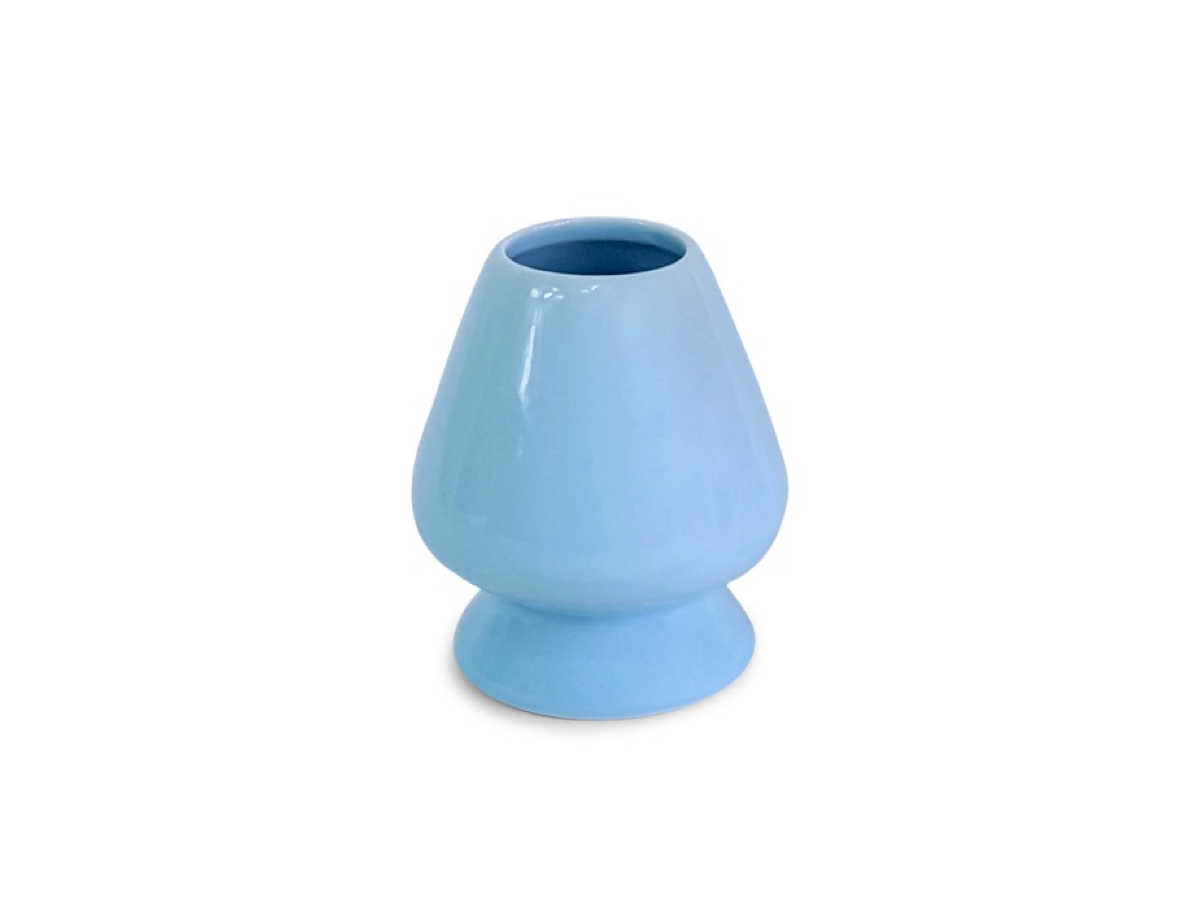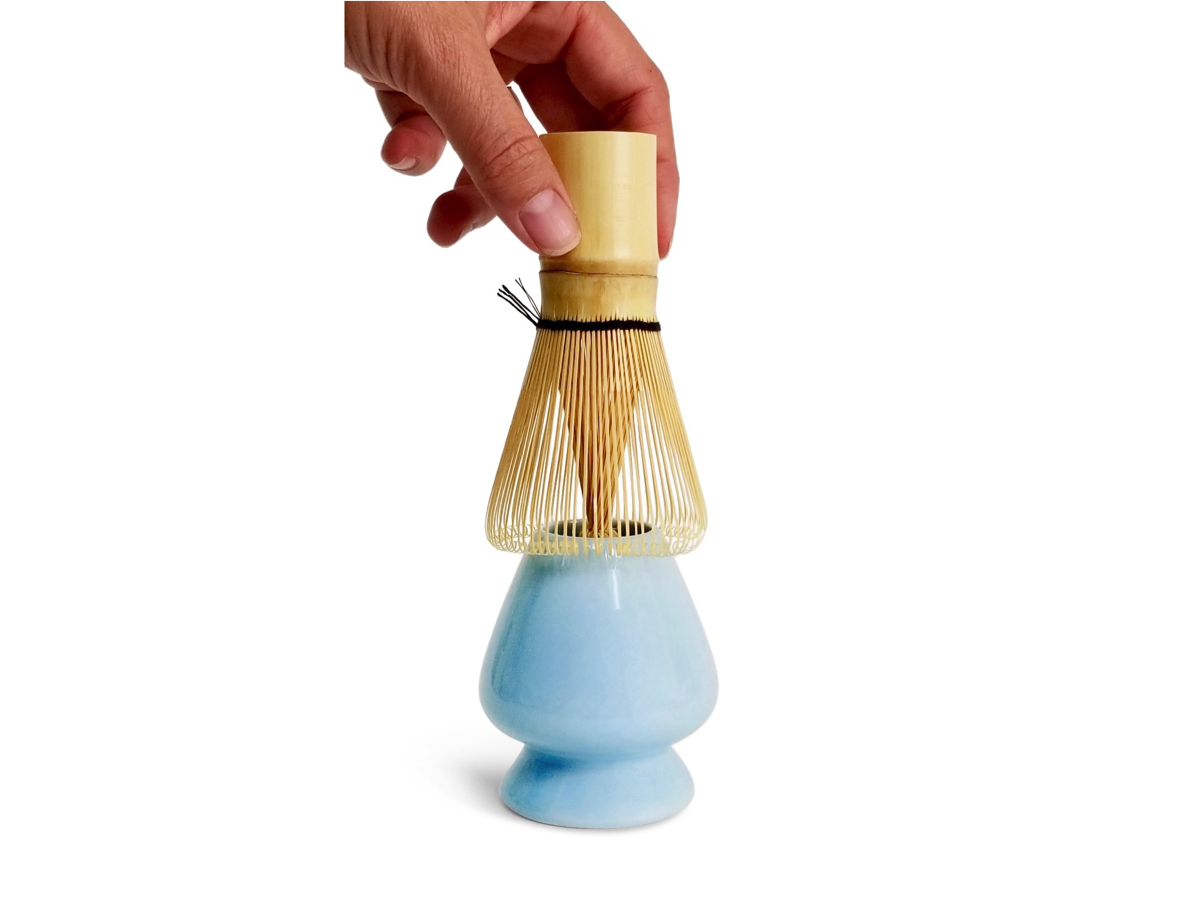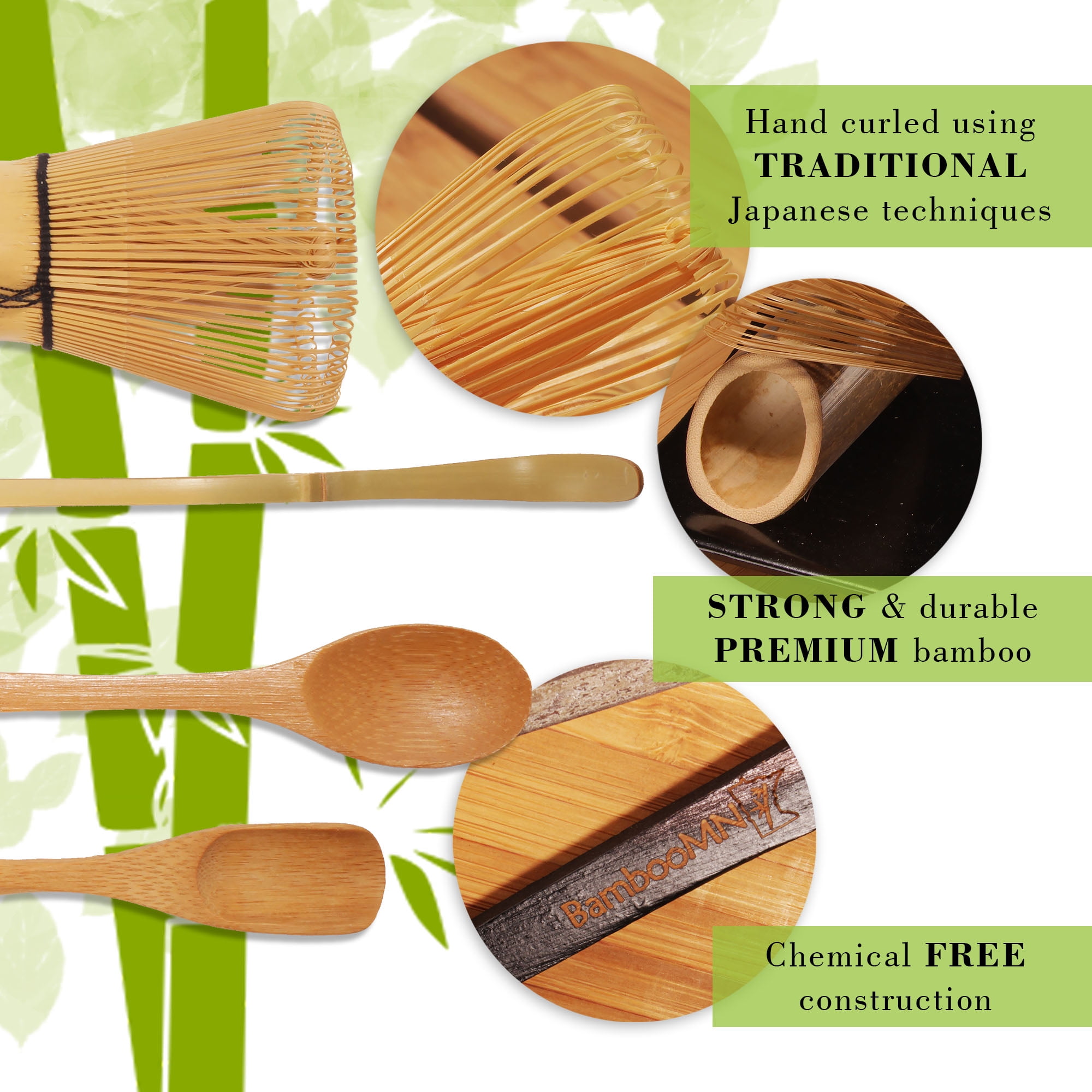

If you’re new to making it, don’t hesitate to add a few drops of maple syrup or honey.

Choose it if you plan to drink your matcha with just water. The ceremonial kind will be pricier – it’s made from the youngest tea leaves and has a mellow flavor. Beyond that, the most significant distinction is between ceremonial and culinary grade matcha. I always advocate looking for one with no added sugar. Buying matcha for the first time can be confusing – there are so many brands, and they vary widely in quality. It leaves me feeling energized and focused, but still calm. So what about caffeine? Well, matcha does contain more caffeine than regular green tea, but it doesn’t give you a buzzy rush like coffee. As a result, you actually consume the entire tea leaf when you drink it! The antioxidants it contains may lower blood pressure, reduce your risk of heart disease, and even boost your metabolism. When you make matcha, you whisk the powder into hot water or milk. Here’s why: when you make other forms of green tea, you steep the leaves in hot water and then discard them. Regular green tea is already touted as an antioxidant powerhouse, but matcha has even more benefits. It’s been the cornerstone of traditional Japanese tea ceremonies for centuries, but it recently became popular in the US because of its health benefits. It has a slightly bitter, vegetal taste and a vibrant green color that results from the leaves’ high chlorophyll levels. If you’re not familiar with matcha, it’s a Japanese green tea powder made from finely powdered dried tea leaves. It’s energizing and calming both at once, and above all else, it’s delicious. To me, it’s the perfect way to start the day. I’ve loved drinking matcha this way since Jack and I took our first trip to Japan years ago, and I still make myself a cup almost every morning. While I’ll never say no to a matcha doughnut, today I want to focus on the simplest way to enjoy it: by whisking it into hot water to create a frothy, nourishing tea.

A few years ago, matcha started popping up everywhere – in lattes, ice cream, smoothies, icing, and more.


 0 kommentar(er)
0 kommentar(er)
